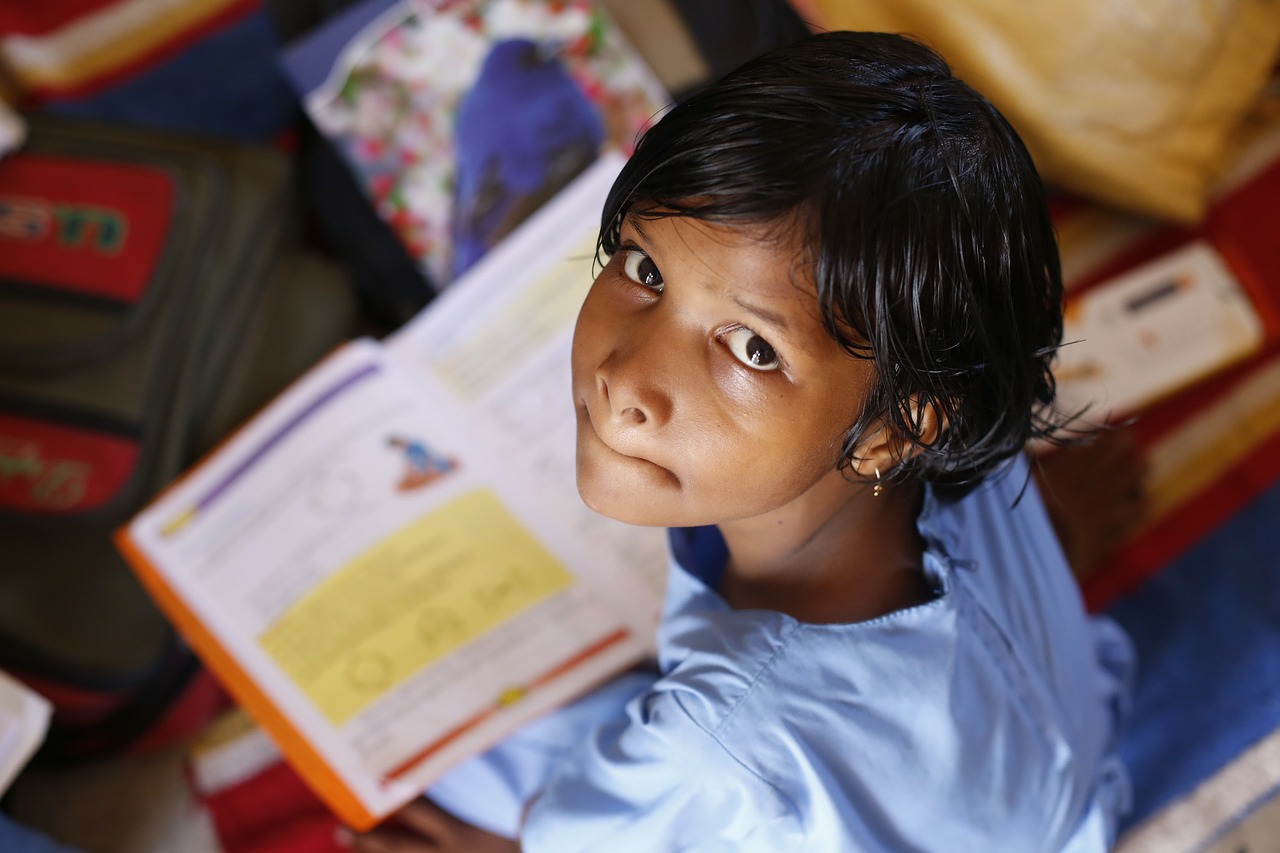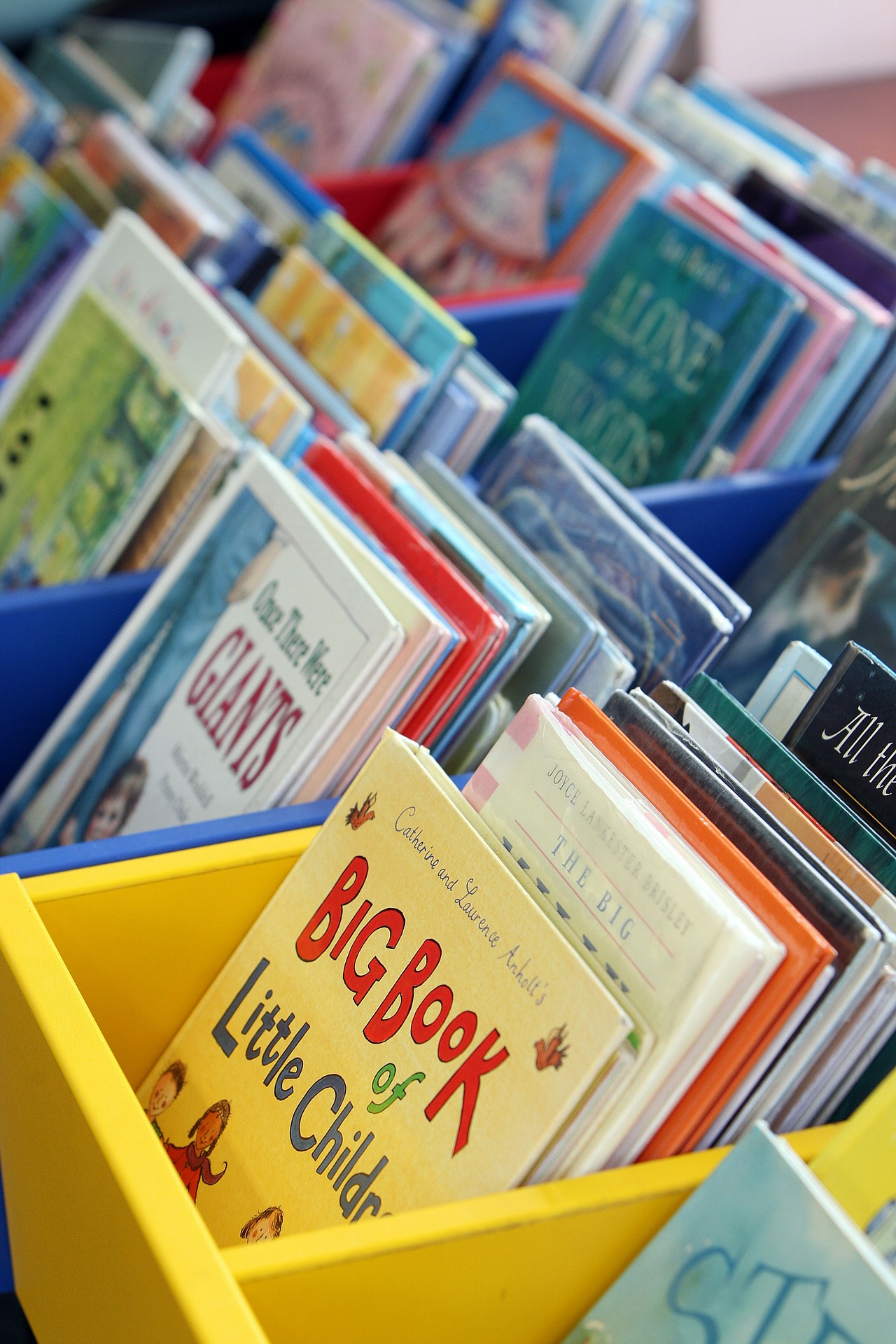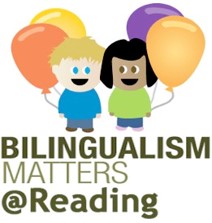In England about 20% of children in primary schools are classified as having English as an Additional Language (EAL) and can therefore be considered to be bilingual or multilingual to some extent. Bilingual and multilingual children face specific challenges when they start school, where they are required to complete all their tasks in English, regardless of which language(s) they use at home, and how long they have been hearing and using English. Understanding spoken and written English is, therefore, very important for their success in this new environment.
In this project we explore how language abilities and other skills develop over time in bilingual children, and what is the effect of vocabulary, grammar, and cognitive abilities on their development of listening and reading comprehension. Our hope is that the project’s findings will be relevant not only to fellow researchers, but to teachers who work with EAL learners in primary schools.
We are working in partnership with 9 schools across Berkshire, Hampshire, and West Berkshire, and we are very grateful for their support! None of this would have been possible without the enthusiastic participation of these 100 bilingual children, their teachers and their parents.














